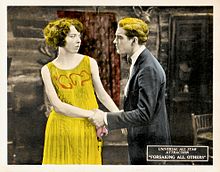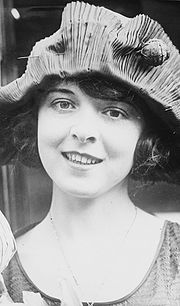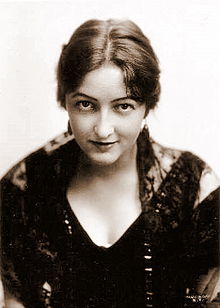Forsaking All Others (1922 film)
Forsaking All Others is a 1922 American dramatic film starring actress Colleen Moore and directed by Emile Chautard for Universal Studios. It was made before Colleen became famous as a flapper but did visit some of the same subjects her later films would.
Made for Universal, Forsaking All Others was based on a short story of the same title by Mary Lerner that had been published in Colliers Weekly on May 26, 1917, illustrated by James Montgomery Flagg. The story touched on topical subjects such as youth and the temptations of youth, and to the potential for damage when attempting to reign in youths energies. The story was a natural for adaptation to the screen at a time when the motion picture industry was increasingly turning to sensation to attract audiences. Colleen Moore had yet to find fame as a flapper, but that time was just around the corner and this story presaged that fame. It was an unusual film in that the mother was acting out of selfish reasons, as opposed to the standard tack of selfsacrificing mothers so much in cinema vogue at the time. There were no heavies or villains in the traditional sense, though the characters played by June Belvidge and David Torrence managed to direct the action to its share of mistakes and obstacles. Colleen followed up this film with The Ninety and Nine, and oldfashioned morality tale that stood in sharp contrast to the racier Forsaking All Others. In December 1922 the film was released, the first of a trio of films Colleen had made in rapid succession Forsaking All Others, The Ninety and Nine, and Broken Chains on the 10th, the 17th, and the 24th. They were produced by Universal, Vitagraph, and Goldwyn Pictures.
Source: Wikipedia





